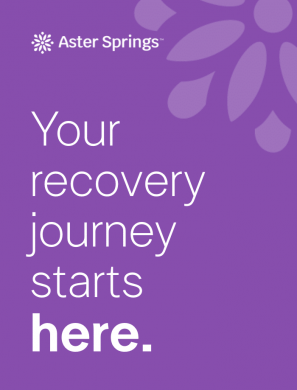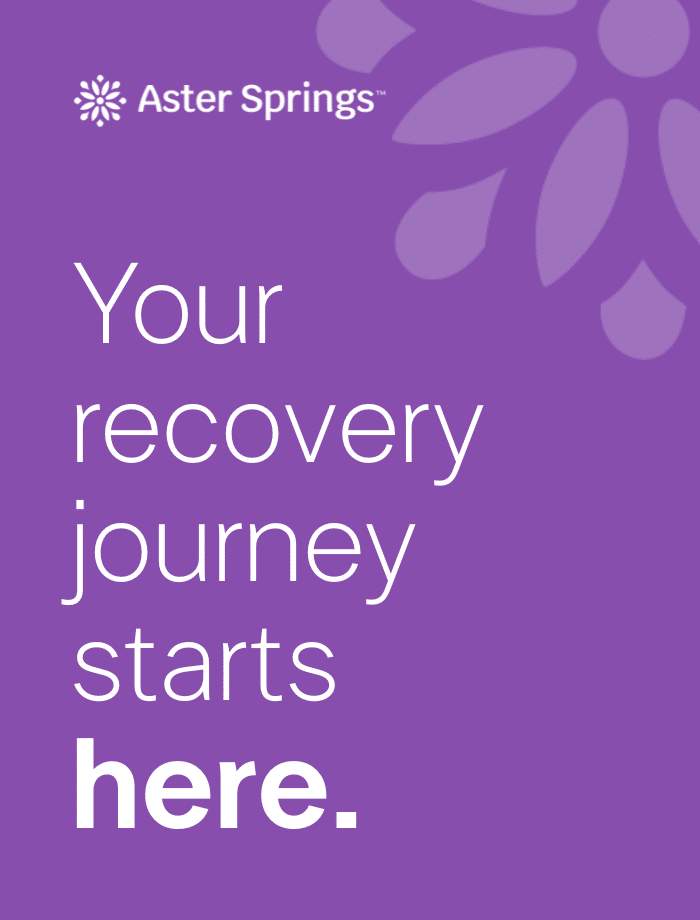Everyone checks their reflection from time to time. Before heading out the door, it’s normal to pause in front of a mirror, adjust clothing, fix hair, or check how an outfit looks. These small, everyday moments of self-awareness are part of how people present themselves to the world.
But for some, this simple act becomes something more — something constant, consuming, and emotionally painful. When checking one’s body turns into a compulsive habit that fuels anxiety, shame, or distorted body image, it can become part of a cycle often seen in eating disorders.
What Is Body Checking?
Body checking is any behavior used to seek information about one’s appearance, such as size, shape, or weight. It can include looking in the mirror, pinching or measuring body parts, checking how clothing fits, or comparing one’s body to others.
On its own, body checking isn’t a disorder. Everyone does it sometimes — and in small doses, it can be harmless. But when these behaviors become repetitive, rule-based, or distressing, they begin to erode body image and self-esteem.
Research shows that when body checking becomes frequent or compulsive, it can significantly worsen body dissatisfaction and preoccupation with weight or shape.¹
When Does Body Checking Become a Problem?
For many people, the line between a quick glance in the mirror and unhealthy body checking isn’t obvious. The difference often lies in frequency, motivation, and emotional impact.
In healthy self-care, checking appearance is purposeful and limited. But when body checking becomes constant — driven by anxiety or fear — it can start to dominate daily life.
Common Problematic Forms of Body Checking
- Repeatedly examining specific body parts in the mirror
- Measuring or pinching areas like the stomach, thighs, or arms
- Weighing oneself multiple times a day
- Trying on old or smaller clothing “to see if it still fits”
- Comparing one’s body to friends, influencers, or celebrities online
- Taking and scrutinizing selfies for signs of change or “flaws”
- Participating in “body check” challenges on TikTok or Instagram²
At first, these behaviors might seem like attempts at reassurance: If I check, maybe I’ll feel better. But the opposite usually happens. Each check brings temporary relief, followed by renewed anxiety and dissatisfaction. Over time, this cycle becomes self-reinforcing — the more a person checks, the worse they feel.
The Connection Between Body Checking + Eating Disorders
Research and clinical experience both show a strong link between body checking and eating disorders. While no single cause explains why eating disorders develop, studies suggest that both biological and psychological factors — such as genetics, temperament, and brain chemistry — play roles.³
Within that framework, body checking can act as both a symptom and a maintaining factor in eating disorders such as anorexia nervosa, bulimia nervosa, and binge eating disorder.
According to Opladen and colleagues¹, frequent body checking is associated with:
- Heightened body dissatisfaction
- Overestimation of body size or “feeling fat” despite evidence to the contrary
- Food restriction or excessive exercise
- Fear of weight gain
- Increased anxiety
In the short term, body checking may provide momentary reassurance — “I haven’t gained weight” or “my stomach looks okay today.” But the relief quickly fades, replaced by renewed fear or doubt. The result is an ongoing loop that reinforces negative beliefs about the body and makes recovery more complicated.
Even among individuals without eating disorders, excessive body checking can contribute to body-image distress. When someone repeatedly scrutinizes their appearance, they train their brains to notice imperfections that might otherwise go unseen. Over time, this constant focus can magnify flaws and weaken overall self-acceptance.
How Body Checking Affects Mental Health
Body checking may seem harmless, but it can quietly erode confidence and emotional well-being. Each repeated behavior reinforces a belief that worth or safety depends on physical appearance. For individuals in recovery from an eating disorder, this can delay healing by keeping attention focused on body shape rather than internal recovery goals.
Clinicians often observe that clients who engage in frequent body checking experience higher levels of anxiety, perfectionism, and intolerance of uncertainty.⁴ These individuals may struggle with distress whenever their bodies feel unfamiliar or “out of control,” prompting them to check repeatedly for reassurance. Unfortunately, this reassurance is typically short-lived.
Breaking the Cycle: Steps Toward Healing
Overcoming body checking begins with awareness. Recognizing the behavior and its emotional triggers is the first step toward change. From there, practical strategies can help break the cycle and restore a healthier relationship with the body.
1. Acknowledge What’s Happening
Naming the problem removes some of its power. Admitting “I check my body to ease anxiety” allows space for understanding and self-compassion rather than shame.
2. Reduce Triggers Where Possible
Mirrors, scales, and social media can all serve as cues for body checking. Consider covering mirrors temporarily, limiting weigh-ins, or taking a break from social platforms that are known for their appearance-based content. Research shows that platforms like TikTok and Instagram can intensify appearance concerns through trends such as “body check” videos.²
3. Identify Antecedents
In behavioral psychology, an antecedent is an event that happens right before a behavior. Paying attention to what precedes a body check — such as stress, scrolling through photos, or trying on clothes — can reveal patterns. Once those triggers are identified, they can be replaced with alternative responses, such as deep breathing, stretching, or journaling.
4. Reframe the Habit
Body checking often persists long after weight or shape concerns begin to improve. That’s because it becomes a conditioned habit — something the brain continues doing automatically.⁴ Understanding this helps reduce self-blame. Habits can be changed with consistent practice, alternative coping strategies, and professional support.
5. Seek Professional Support
You don’t have to face your struggles alone. Evidence-based eating disorder treatment addresses the full picture: body image, emotional regulation, and underlying anxiety. Therapeutic approaches, such as cognitive behavioral therapy (CBT) and dialectical behavior therapy (DBT), help individuals reduce checking behaviors and develop healthier coping skills.
Finding Freedom Beyond Body Checking
Recovery from body checking begins with awareness — but true healing comes from learning to trust and care for your body, rather than monitoring or controlling it. While breaking these habits can feel uncomfortable at first, professional support and specialized care can help replace self-criticism with self-compassion and rebuild a healthier relationship with your body.
At Aster Springs, we understand how deeply body image struggles can affect daily life and self-worth. Our treatment programs offer a safe and nurturing space where you can explore the underlying emotions behind body-checking behaviors, develop practical coping skills, and begin to view your body with gentleness rather than judgment.
Take the first step toward body acceptance and lasting recovery. Contact our dedicated admissions team today to learn how our compassionate team can help you find hope, balance, and confidence in your recovery journey.
References
Opladen, V., Vivell, M.-B., Vocks, S., & Hartmann, A. S. (2022). Revisiting the postulates of etiological models of eating disorders: Questioning body checking as a longer-term maintaining factor. Frontiers in Psychiatry, 12, 795189.
Moniuszko, S. M. (2021, December 10). ‘Very concerning’ body-checking trends have made their way to TikTok. USA Today.
National Eating Disorder Information Center. (2022). How does someone develop an eating disorder?
Bijsterbosch, J. M., Keizer, A., Boelen, P. A., van den Brink, F., & Sternheim, L. C. (2022). Understanding relations between intolerance of uncertainty and body checking and body avoiding in anorexia nervosa. Journal of Eating Disorders, 10(1), 1–10.



